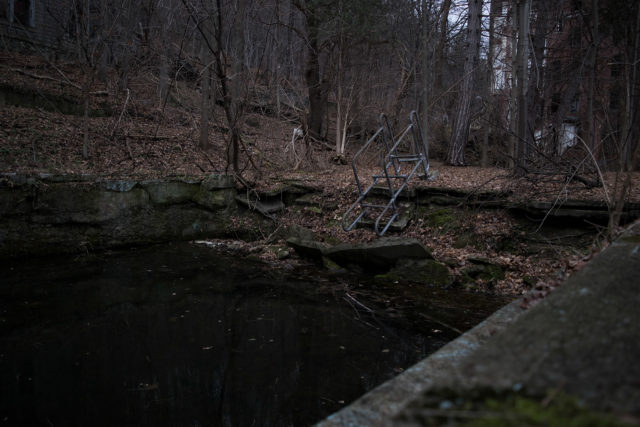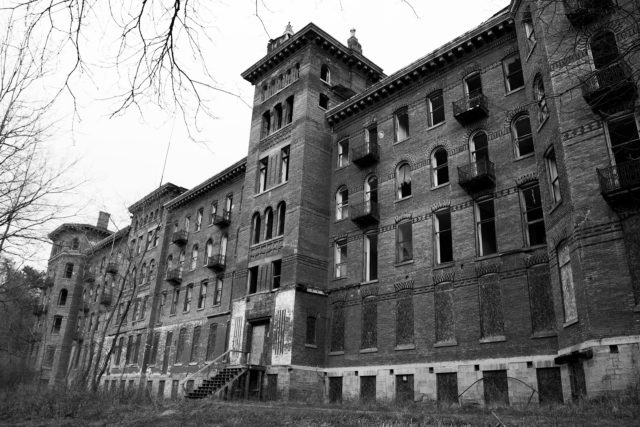Jackson Sanatorium is located in Dansville, New York, USA. Nathaniel Bingham was its founder in 1854.
Bingham believed that natural mineral waters held a curative value for diseases of the kidneys and bladder. Since his treatment was water-based, he was looking for a place near sulfur-rich springs.
Unfortunately, Bingham fell ill four years after opening, and Dr. James Caleb Jackson replaced him as the head of the project.
Jackson was a supporter of a diet rich in fruits, vegetables, and cereals. He renamed the sanatorium “Our Home on a Hillside.” Its main goal was to accept patients for rehabilitation and recovery after a nervous breakdown or overwork.
The institution was a four-story building built of brick and iron and surrounded by woodland and natural springs. The climate had always been temperate, which was deemed to be ideal for those seeking recuperation.
About 300 guests could be accommodated at any one time. A room cost between $17.50 and $35 per week per person.
Jackson believed that sunlight and fresh air were among the most crucial factors for good health. Physical activity could also help. His primary treatment method was hydrotherapy, and he insisted his patients follow a diet that contained only a small amount of meat.
The architecture of the sanatorium replicated Jackson’s ideals perfectly and helped patients focus on a healthy lifestyle. The high ceilings gave each room a significant amount of space and air. Doors with movable shutters allowed air to circulate. Large windows let in natural sunlight.
Glass rooms were even built on the roof so that patients could receive sunlight all year round.
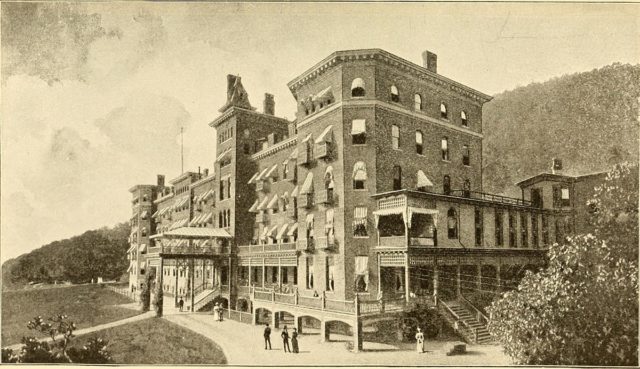
To ensure his patients followed his strict diet which included unprocessed grains, Jackson himself made tough, odorless nuggets of bran and graham flour. He called his creation “granula.” Once soaked overnight, they would become chewy.
However, a problem arose in 1887 when Jackson’s colleague, John Kellogg, created biscuits from whole grains, cornmeal, and wheat. Kellogg called his product “Biscuit Granula.” Jackson decided that this infringed his copyright and sued him.
The case was settled, and Kellogg changed the name to “granola.” Kellogg went on to found both a resort in Battle Creek, Michigan and the Kellog’s company.
Jackson did not stop at the granula. He began to develop a new product after he noticed that many patients wanted to drink coffee with food. Jackson decided to create decaffeinated coffee – Somo. However, this idea of Jackson’s didn’t quite work out as the product was removed from the market in 1920.
After the Civil War, the resort began to be popular among rich people, as well as those who wanted to recover from numerous physical and mental illnesses after the war. Natural sources helped cleanse the body and mind.
In 1872, the name was changed to Our Home Hygenic Institute, an echo of Jackson’s former name of “Our Home on the Hillside.”
It had also become a popular place for lectures. Frederick Douglas, Susan B. Anthony, Elizabeth Cady Stanton, and Horace Greeley gave talks there.
In the 1870s, Jackson handed over the building and his duties in the sanatorium to his son and daughter-in-law. There was a fire in the main building on June 26, 1882, but James Jackson worked hard to restore the building. The main building, which had thicker walls and brick and cast-iron ceilings, cost $180,000 to renovate.
In 1890, the building was again renamed the Jackson Sanatorium.
At the beginning of the 20th century, old water medicines slowly began to go out of fashion. In July 1902, a school training nurses opened at the sanatorium. Classes had to be attended for two years, and the first nurses graduated on October 17, 1904.
The sanatorium declared bankruptcy on March 23, 1914. It was transferred to the US government for use as a mental hospital for World War I veterans.
In 1916, the sanatorium became a private institution run by William Leffingwell. In 1929, the building was turned into a 122-room establishment called the Physical Culture Hotel under the direction of Bernard McFadden (the resort was named after his magazine).
McFadden died in 1955, and William Fromchek purchased the hotel. He renamed it and the place reopened as the Castle on a Hill. It was used as such until Fromchek’s death in 1971.
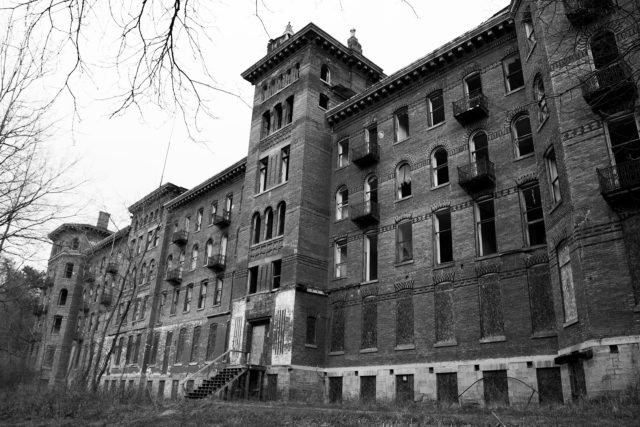
In 1978, the site was sold to a pair who wanted to turn it into an Agriculture and Biblical Health Center. Plans included the construction of a 104-foot dining room.
The Agricultural Center discovered a crypt under the main entrance which had a box containing many books, scrolls, published books, and brochures by Jackson. They also found photographs and granulas. The organization decided to hold an unveiling event for the box, which was attended by about 300 people.
In 2002, Peter Krog, the owner of Krog Corporation, bought the abandoned building for $45,000 at an auction. He wanted to turn it into a medical school and a museum. He applied for a state subsidy to help rebuild the main structure.
On January 16, 2008, $2.5 million was allocated for the restoration of the sanitorium. However, since then, no restoration work has been carried out.
Currently, the building is unused and mostly destroyed. Some rooms have collapsed ceilings or floors. Windows are boarded up in the old dining room, and the entire building inside is covered in dust and rust.
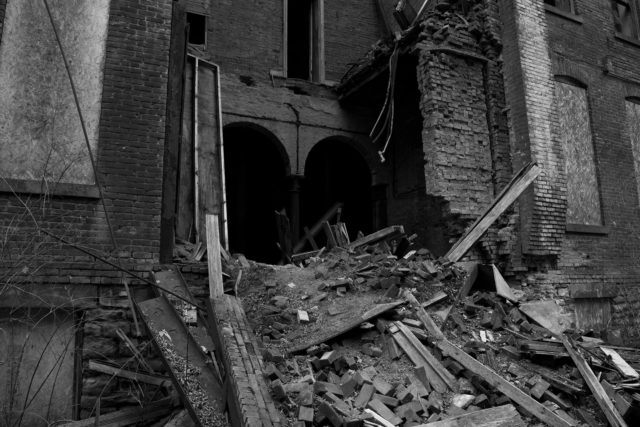
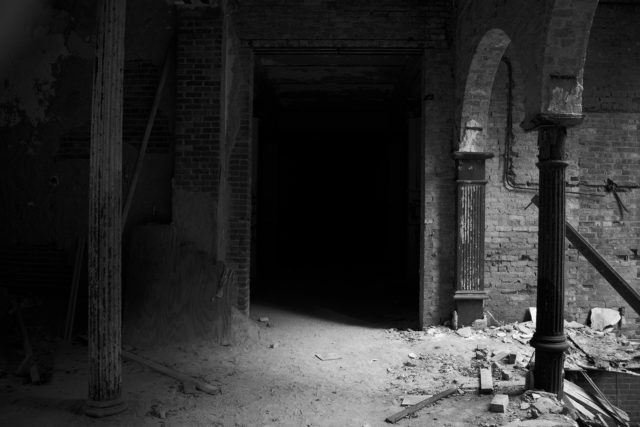
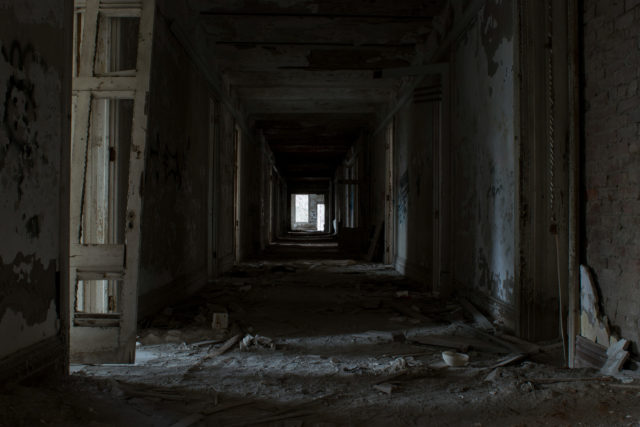
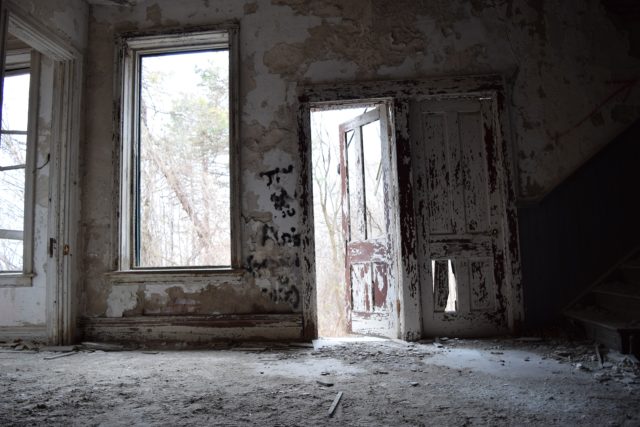
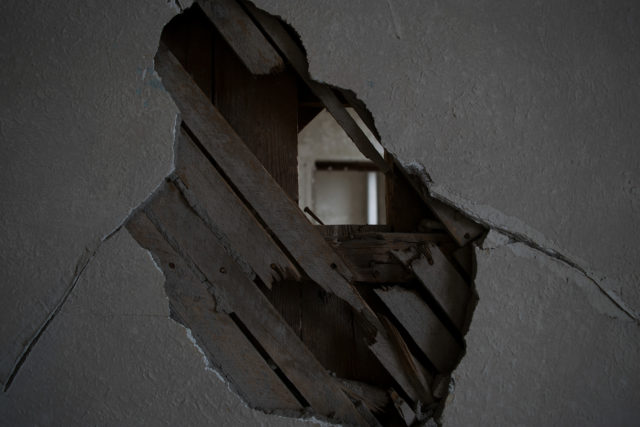
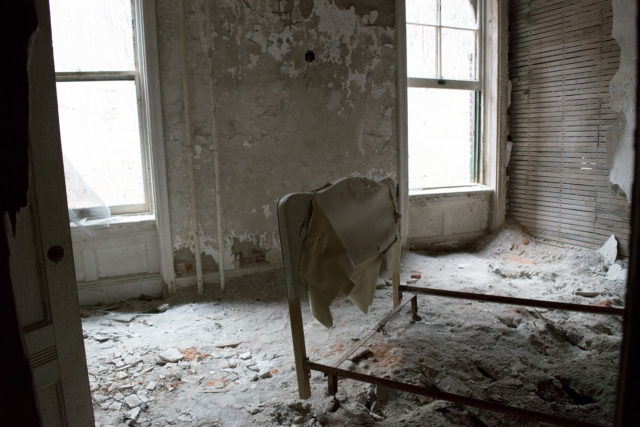
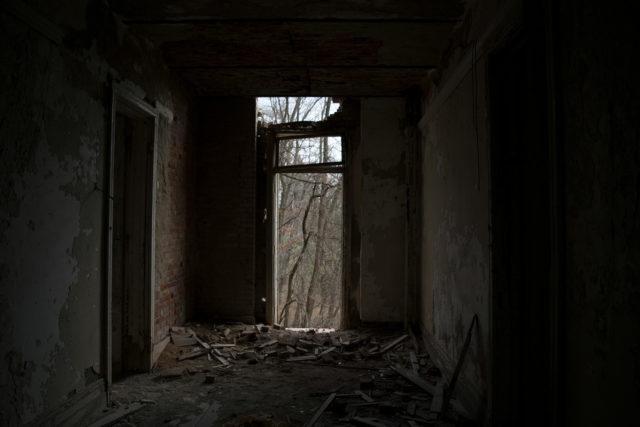
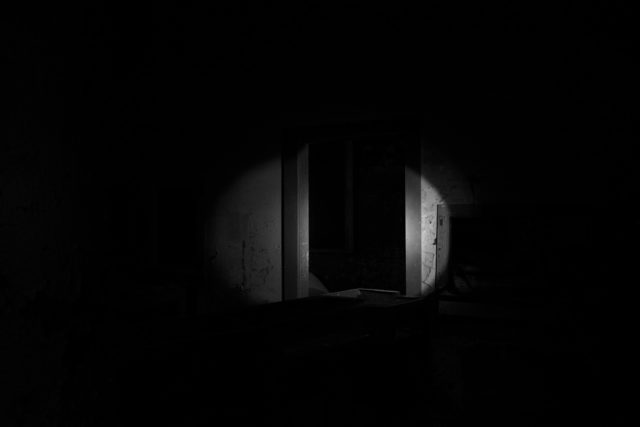
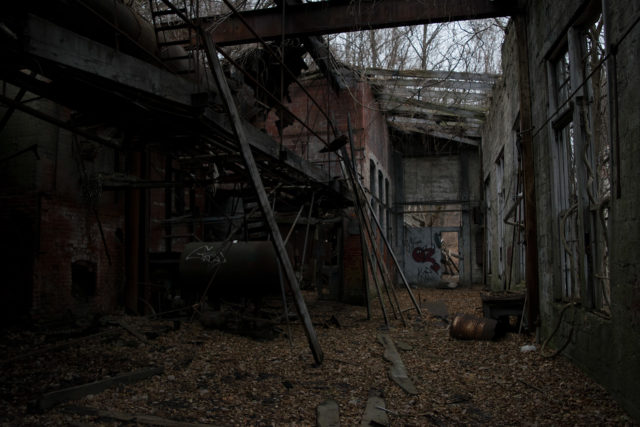
Another Article From Us: A Beautiful Abandoned Hospital
